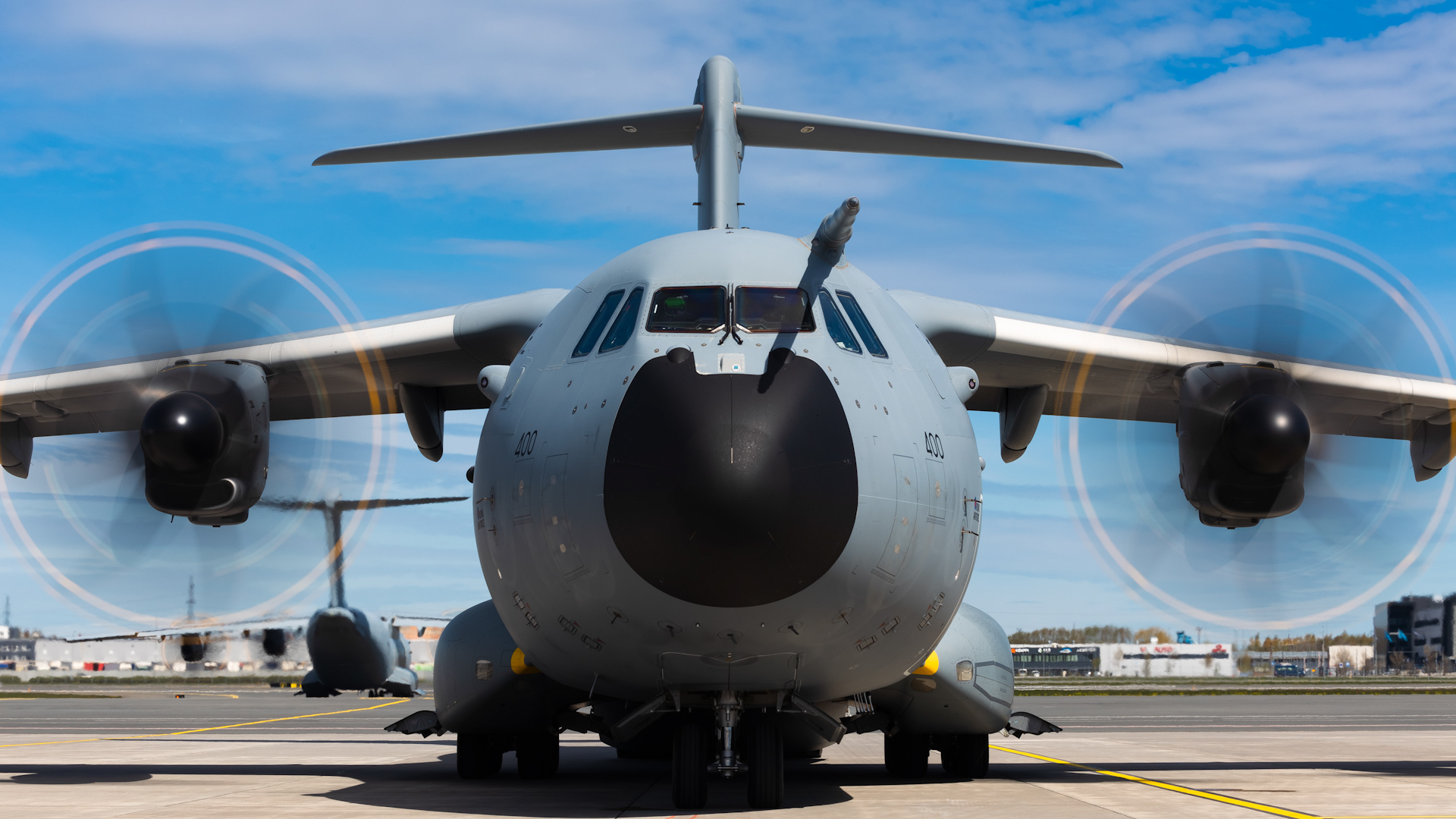
Atlas A400M: An in-depth look at the Royal Air Force's most advanced airlifter

This year marks 10 years since the Royal Air Force welcomed the Atlas (Atlas C.1 A400M) into service, providing tactical airlift and strategic oversize lift capabilities.
Notably, the aircraft has been instrumental in delivering tonnes of aid into Gaza as part of the UK's latest relief effort for the Palestinian people.
The Atlas is "one aircraft that can do the work of three", says manufacturer Airbus.
It combines the capability to carry strategic loads with the ability to deliver even into tactical locations with small and unprepared airstrips and can act as a frontline tanker.

Capability
The Atlas can carry a 37-tonne payload over 2,000nm to established and remote civilian and military airfields, and short unprepared or semi-prepared strips.
Previous-generation tactical airlifters possessed good tactical performance but could not carry the outsize military and humanitarian relief loads because their cargo holds were too small.
It is capable of operating at altitudes up to 40,000ft, also offering impressive low-level capability.
The Atlas can accommodate as many as 116 fully-equipped troops, vehicles, helicopters (including a Chinook), mixed loads (including nine aircraft pallets and 54 passengers), or combinations of vehicles, pallets and personnel – up to a payload of 37 tonnes.
Loads are delivered by parachute, gravity extraction from the aircraft's rear ramp, or by landing.
Paratroops will be dropped from the aircraft's dedicated paratroop doors or the rear ramp.
The aircraft is operated by two pilots and a weapons systems operator.
Specifications
- Length: 147ft 11in (45.10m)
- Height: 48ft 2¾in (14.70m)
- Wingspan: 139ft 1¼in (42.40m)
- Maximum speed: 400kt (741km/h)
- Maximum range: 4,100nm (7,593km)
- Maximum altitude: 40,000ft
- Maximum payload: 81,600lb (37,000kg)










